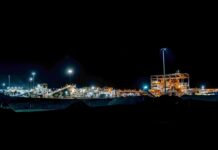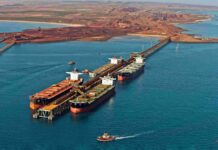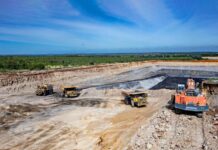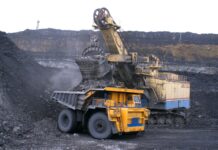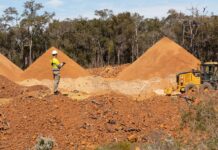Success of manufacturing depends on AI and robotics
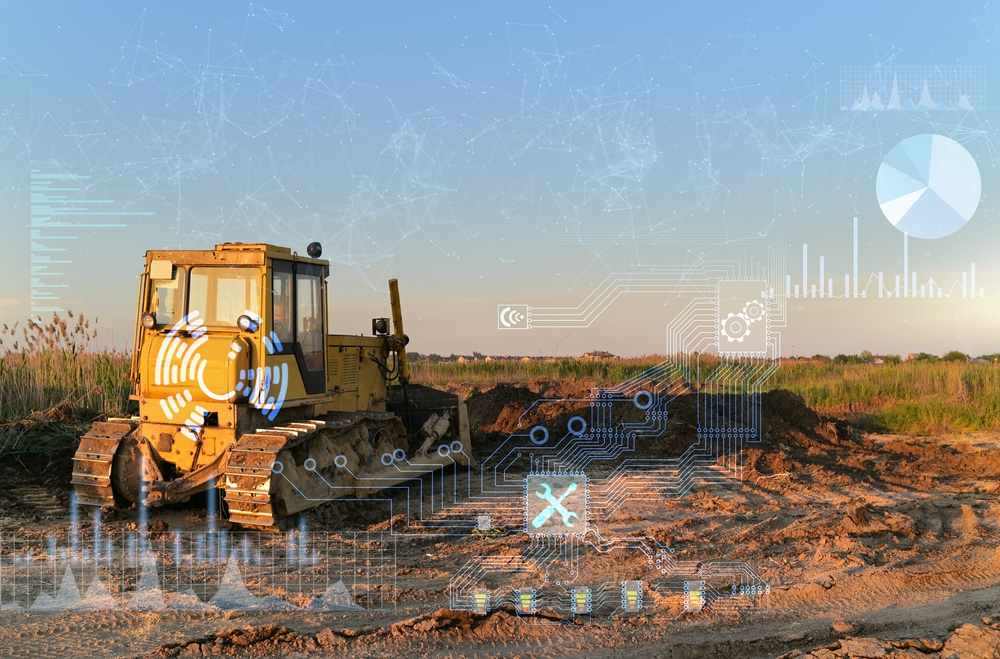
The future success of Australia’s manufacturing industries is dependent on accelerated investment in artificial intelligence (AI) and robotics, the Australian Steel Institute (ASI) annual national convention in Brisbane, Queensland will hear.
Advanced Robotics for Manufacturing (ARM) Hub founder and chief executive Professor Cori Stewart will argue AI and robotics not only save time, but also potentially save lives by minimising human error and ensuring a safer working environment.
Professor Stewart will deliver the presentation to the peak body on September 10.
Professor Stewart says continued growth in the manufacturing industry including steel is likely because of the baked-in demand for green energy. However, accelerated AI and automation is required to ensure Australia’s competitiveness.
“In the highly competitive steel industry, AI and automation is helping Australia realise business growth and competitiveness, commercialise research and development, address skills shortages, and compete in an economy that is rapidly decarbonising,” she said.
“We want these technologies to be instrumental in creating higher-value products and services that are meeting customer demand.
“Australian productivity is the worst it has been in 60 years and that is clearly at the centre of our global competitiveness challenges.
“Currently Australia owns another poor productivity statistic that out of 38 developed countries we rank 35th in robot population density and after some time declining these ranks, we may be starting gradually to inch our way up.
“Getting ahead will require more than business as usual. It will require disruption and innovation.
“AI and robotics provide that opportunity.”
Professor Stewart says Australian successes in AI and robotics include Boeing Australia’s delivery of the Ghost Bat autonomous warfighting aircraft and the automation of more than 700 Caterpillar, Komatsu and Hitachi haulage trucks in the Pilbara, WA, mines.
“This is the kind of high-value, highly skilled industry Australia needs,” she said.
“We need it to back our steel industry and therefore we need to nurture our local tech capability.”
Professor Stewart says manufacturing including steel must look up and down the value chain to drive productivity.
“Often we hear about companies creating downstream value (how they create jobs or attract vocational education training (VET) educated staff or low skilled workers) and we also need to ask different questions about how to create upstream value using highly skilled jobs, jobs that may not even exist yet but will soon; indeed it means companies investing more in high-value skills and high-value products than they are likely to now,” she said.
Registrations for the convention are still open.






